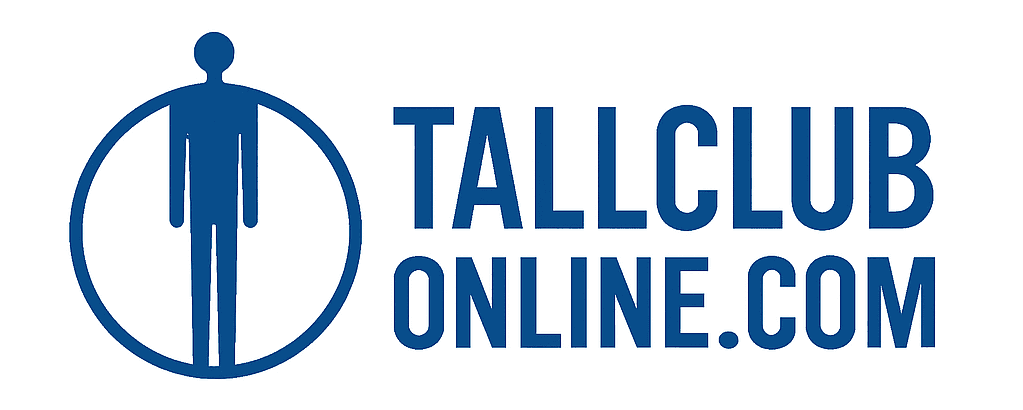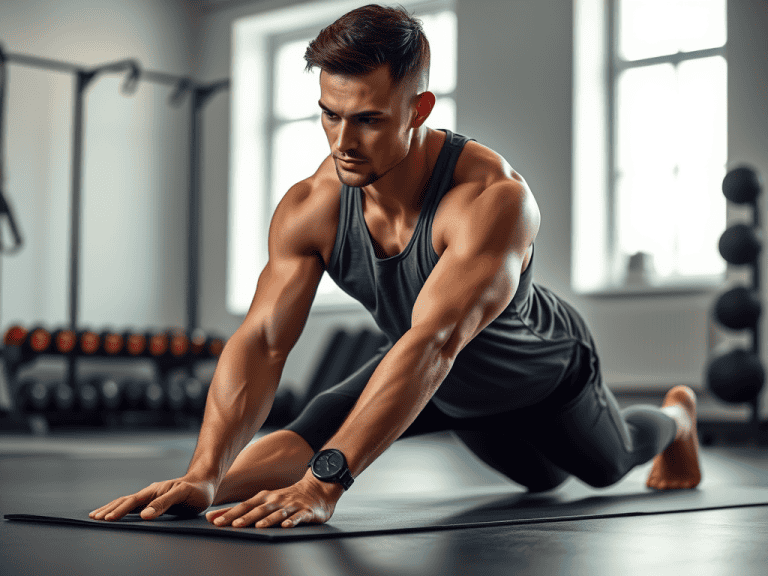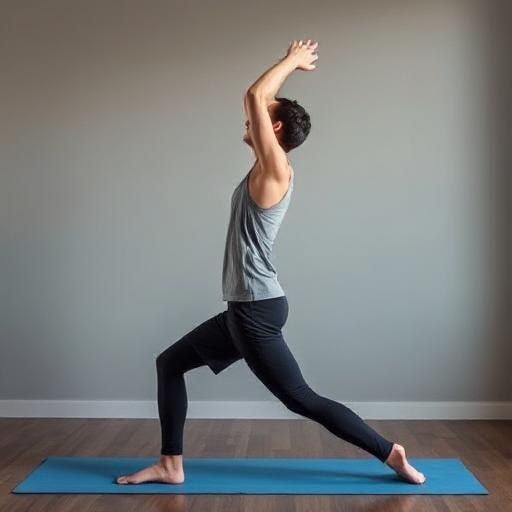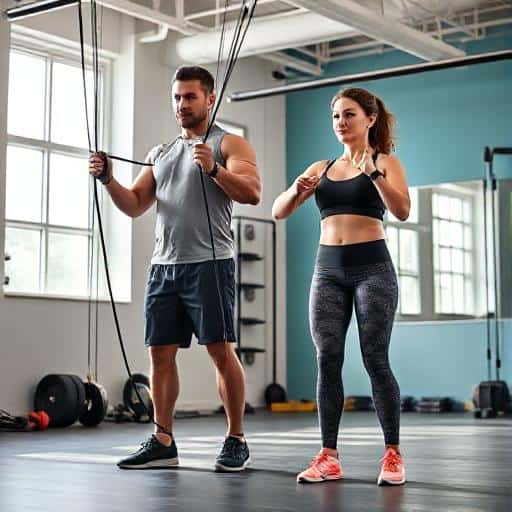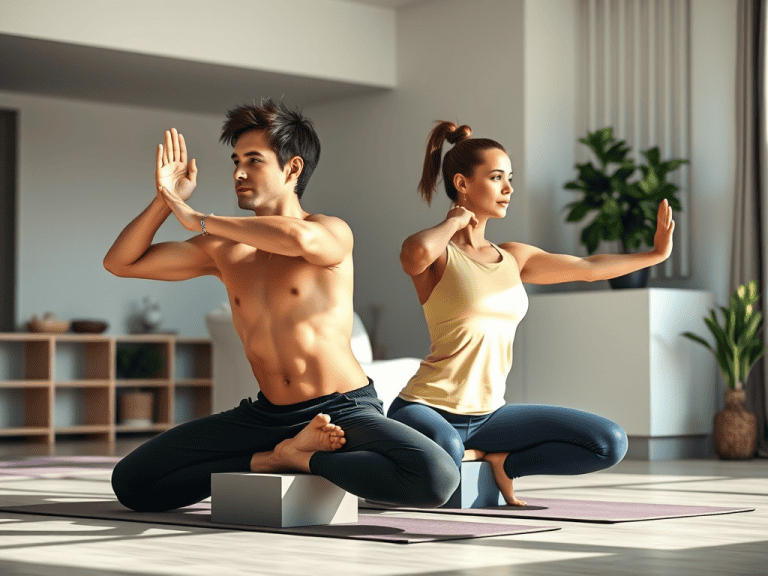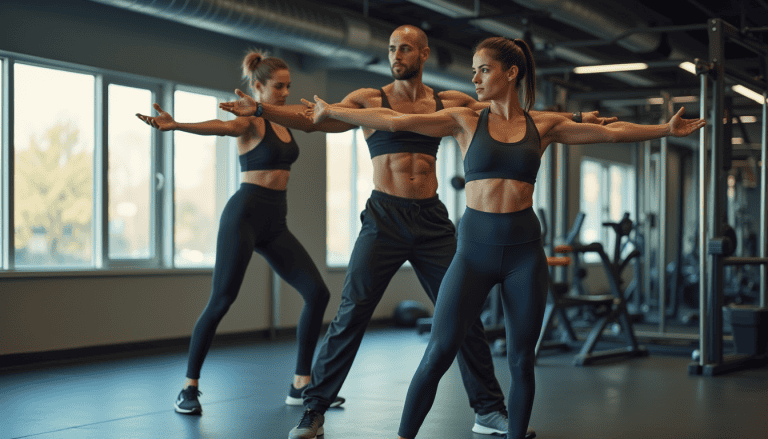Tall Body, Strong Core: Health Tips for Posture, Strength, and Balance
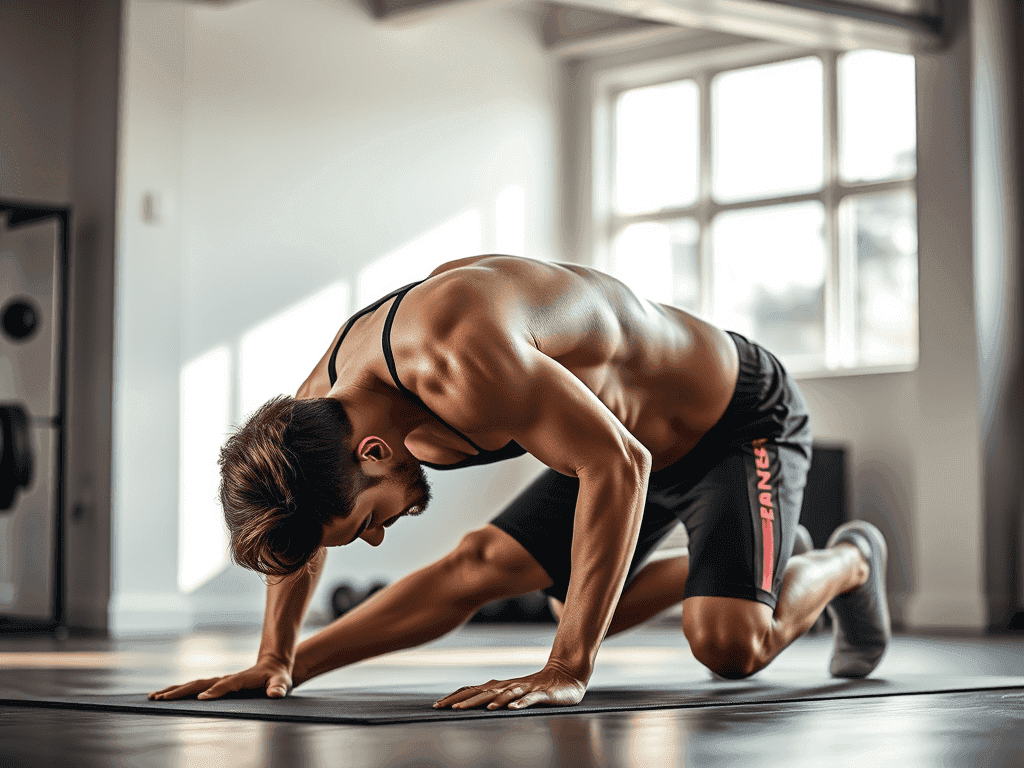
As a tall individual, you may find that maintaining strength, balance, and posture can be more challenging than for those with shorter frames. With longer limbs and a taller torso, it’s important to focus on exercises that target your core and improve your overall strength and stability. Having a strong core is essential for tall bodies because it helps support the spine, improves posture, and enhances balance.
In this article, we’ll explore why a strong core is vital for tall people, the best exercises to improve your core strength, and tips to enhance your overall health, posture, and balance.
Why is Core Strength Crucial for Tall People?
Your core consists of the muscles in your abdomen, lower back, hips, and pelvis. These muscles provide stability and support for your spine and overall posture. For tall people, core strength is even more important because your body has a longer lever arm, meaning that the forces on your spine and joints are greater than for someone shorter.
1. Improved Posture
A strong core is crucial for tall people to maintain good posture. Without a strong, stable core, tall individuals are more likely to slouch or hunch over, which can lead to back pain, discomfort, and muscle imbalances. A strong core helps you stand tall, maintain a neutral spine, and reduce strain on the back and neck.
2. Better Balance
With longer limbs, tall people often struggle with balance, especially during exercises that require coordination. A strong core helps to stabilize the pelvis and lower back, improving balance and making it easier to perform functional movements. Whether you’re lifting weights, playing sports, or doing daily activities, balance is key to preventing falls and maintaining fluid movement.
3. Injury Prevention
Tall individuals are at higher risk for injury due to their body’s length and posture. A weak core can lead to misalignment and excess pressure on the joints, increasing the likelihood of injuries. By strengthening your core, you reduce the risk of injuries in your lower back, hips, knees, and other joints.
Best Core Exercises for Tall Bodies
To build a strong core, it’s important to incorporate a variety of exercises that target different parts of your abdomen, lower back, and hips. Here are some of the most effective exercises for tall people to improve core strength and stability:
1. Planks
Planks are one of the most effective core exercises. They target your entire core, including the abs, obliques, and lower back. Planks also help to improve your posture and increase stability, making them ideal for tall individuals.
How to do a plank:
Start in a push-up position, but instead of resting on your hands, lower yourself onto your forearms.
Keep your body in a straight line from head to heels, engage your core, and hold the position for 30 seconds to 1 minute.
2. Dead Bugs
The dead bug exercise is excellent for improving core strength while also focusing on coordination and balance. It engages the lower abs, which can help prevent lower back pain for tall people.
How to do dead bugs:
Lie on your back with your arms extended toward the ceiling and knees bent at 90 degrees.
Slowly lower your right arm and left leg towards the floor while keeping your lower back pressed into the mat.
Return to the starting position and repeat with the opposite limbs.
3. Russian Twists
Russian twists are a great exercise to target your obliques and improve rotational strength. This exercise also helps to enhance balance and posture by engaging the muscles along your sides.
How to do Russian twists:
Sit on the floor with your knees bent and feet flat.
Lean back slightly and lift your feet off the floor.
Hold a weight or medicine ball with both hands and twist your torso to the right, then to the left, while keeping your core engaged.
4. Superman
The Superman exercise focuses on strengthening the lower back, an area that is particularly important for tall people. It helps prevent lower back pain and improves posture by targeting the muscles that support your spine.
How to do the Superman exercise:
Lie face down on the floor with your arms extended in front of you.
Lift your arms, chest, and legs off the ground simultaneously, squeezing your lower back muscles.
Hold for a few seconds, then lower back to the starting position.
5. Bird Dogs
The bird dog exercise is another excellent movement to enhance core strength, improve balance, and support spinal stability. This exercise helps engage both your core and glutes.
How to do bird dogs:
Start on all fours, with your hands under your shoulders and knees under your hips.
Extend your right arm forward and your left leg back simultaneously, keeping your body in a straight line.
Hold for a second, then return to the starting position and repeat on the opposite side.
Tips for Improving Posture, Balance, and Core Strength
In addition to core exercises, there are other tips and strategies that tall people can implement to enhance their overall health, balance, and posture.
1. Incorporate Mobility Work
Tall people often have tight muscles, especially in the hips and lower back. Stretching and mobility exercises are important to improve flexibility and prevent stiffness, which can affect posture and balance.
Key mobility exercises:
Hip Flexor Stretch: Helps release tightness in the hips, which can improve posture and reduce lower back pain.
Torso Twists: Improve rotational flexibility in the spine and help with overall mobility.
Cat-Cow Stretch: A great stretch for your spine, helping to improve mobility and prevent stiffness.
2. Strengthen Your Glutes and Legs
Strong legs and glutes are essential for maintaining balance and stability, especially for tall individuals. Incorporating lower body exercises like squats, lunges, and deadlifts can help to build strength in these areas, supporting your core and improving overall stability.
Effective leg exercises for tall people:
Squats: Focus on proper form to avoid putting excess pressure on your knees and lower back.
Glute Bridges: A great exercise to strengthen the glutes and lower back while supporting core stability.
Lunges: Help to build strength and stability in the legs and glutes.
3. Pay Attention to Your Posture Throughout the Day
Maintaining good posture isn’t just important during exercise – it’s something that should be a focus throughout your day. Tall people are often prone to slouching, especially when sitting at desks or standing for long periods. Be mindful of your posture and make adjustments as needed to avoid back and neck pain.
Key Takeaways
A strong core is essential for tall people to improve posture, balance, and prevent injury.
Core exercises such as planks, dead bugs, Russian twists, supermans, and bird dogs are effective for building strength and stability.
Incorporate mobility exercises to improve flexibility and prevent stiffness.
Pay attention to posture throughout the day and strengthen your legs and glutes to support your core.
A well-rounded fitness plan will help you feel stronger, more balanced, and less prone to pain.
FAQ: Strengthening Core and Posture for Tall People
Q1: Why is core strength especially important for tall individuals?
Tall people have longer limbs and torsos, which increases stress on their spine and joints. A strong core helps stabilize these areas and improves overall posture and balance.
Q2: How often should I perform core exercises?
Aim to incorporate core exercises into your routine 2-3 times per week to build strength without overtraining.
Q3: What other exercises can help with posture besides core workouts?
Exercises like rows, face pulls, and wall angels are excellent for improving posture, along with mobility stretches like the hip flexor stretch and cat-cow stretch.
Q4: Can strength training help prevent back pain for tall people?
Yes! Strength training, particularly exercises that target the back, glutes, and core, can significantly reduce the risk of back pain and improve overall spinal alignment.
